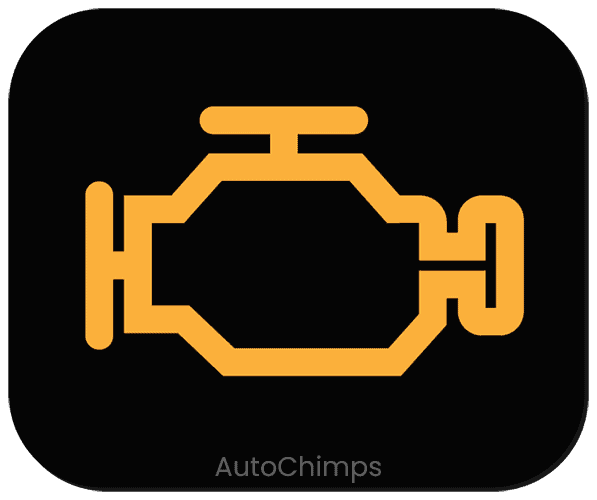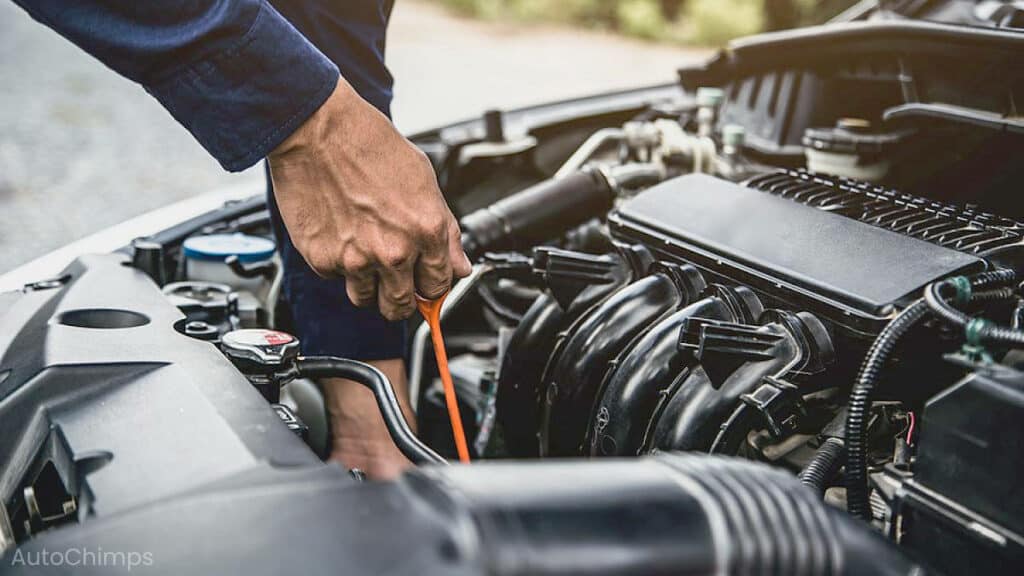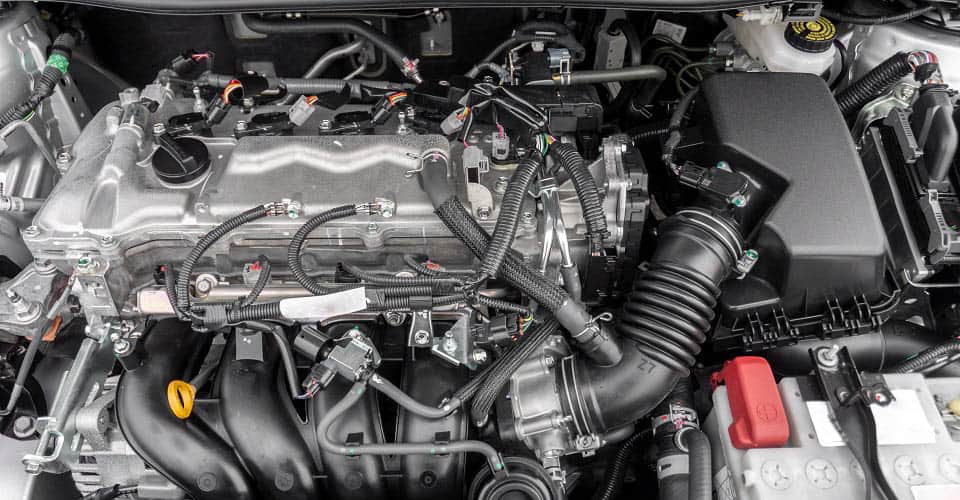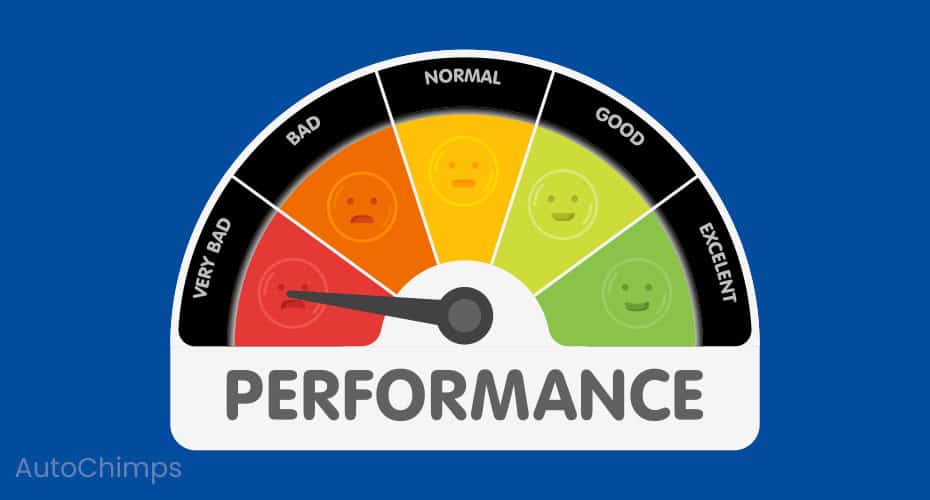






Understanding a Seized Engine: Symptoms, Causes, and What to Do
A seized engine is a nightmare for any car owner. If it happens while driving, it can leave a driver in a tough spot. Recognizing the signs early can save a lot of hassle down the road.
What Happens When an Engine Seizes?
When an engine locks up, it’s like hitting a brick wall. The motor stops working, and that means no control over the vehicle. Trying to restart it? Forget about it. Most of the time, it’s toast, and a new engine is in order.
Inside the engine, there are a bunch of moving parts—crankshaft, pistons, connecting rods, valves, camshaft, and more. If just one of these bad boys gets jammed, it can lead to a full-on seizure. Cars are marvels of engineering, but they can break down when least expected.
Signs of a Seized Engine

When an engine seizes, parts inside get stuck, causing a chain reaction of destruction. This can spread through the drivetrain, leading to serious damage. Here are some telltale signs to watch out for:
Loud Knocking Sounds
If there’s a constant knocking noise coming from the engine, that’s a red flag. It means parts are clashing where they shouldn’t be. The knocking will sync up with the engine’s RPM, so if the engine’s at 2,000 RPM, expect about 33 knocks per second.
Warning Lights

Modern cars are smart. They have onboard computers that light up warning signals when something’s off. If the Check Engine or oil warning lights flash, it’s time to pay attention. Ignoring them could mean a small fix turns into a costly disaster.
Complete Lack of Performance

When an engine starts to lock up, performance goes down the drain. Expect poor acceleration, rough idling, stalling, and trouble climbing hills. Some cars might even switch to Limp Mode to protect themselves, forcing a slow crawl to the nearest mechanic.
What Causes an Engine to Lock Up?

Keeping an engine from seizing is all about regular maintenance. Most folks overlook this, but it’s crucial. Engines typically lock up due to extreme heat or physical damage. If the metal parts get too hot, they expand and can jam together.
Other culprits include rust, dirty oil, or debris clogging things up. Keeping an eye on the temperature gauge is key. If it spikes, there’s likely a coolant or oil issue. Always check those levels and let the engine cool down before restarting.
Regular oil changes are a must. Without proper lubrication, parts can wear out and break, leading to a seized engine. Timing issues can also cause chaos, resulting in knocking and overheating.
What to Do If an Engine Locks Up While Driving

If the engine seizes while cruising, it might sound rough for a moment before everything goes silent. The car won’t flip like in the movies, but it’ll lose power steering and brakes, making it harder to stop. The key is to stay calm, shift to Neutral, and coast to the side of the road while turning on the hazard lights.
How to Identify a Seized Engine

If an engine has seized, it won’t start. Turning the key will likely result in a click and a motor that tries but fails to turn. This is different from a dead battery, which usually shows some signs of life. A seized engine stops abruptly while running.
Taking the car to a trusted mechanic is the next step. They’ll check the electrical components and use a diagnostic tool to see what’s gone wrong. If they can’t turn the engine manually, it’s definitely seized.
Can a Seized Engine Be Fixed?

Technically, a seized engine can be repaired, but it’s usually not worth it. The cost often exceeds that of a new engine, and the repairs might not hold up. A better option is to replace the engine entirely, which can be pricey but is often the only way to go if keeping the car is the goal.
For many, though, scrapping the car and getting something new might be the best route. It’s all about weighing the options and making the right call.



![0W-20 vs. 5W-20 Oil: Key Differences Explained [2024 Guide]](https://autocheep.com/wp-content/uploads/2025/06/0W-20-vs-5W-20-Oil-150x150.jpg)